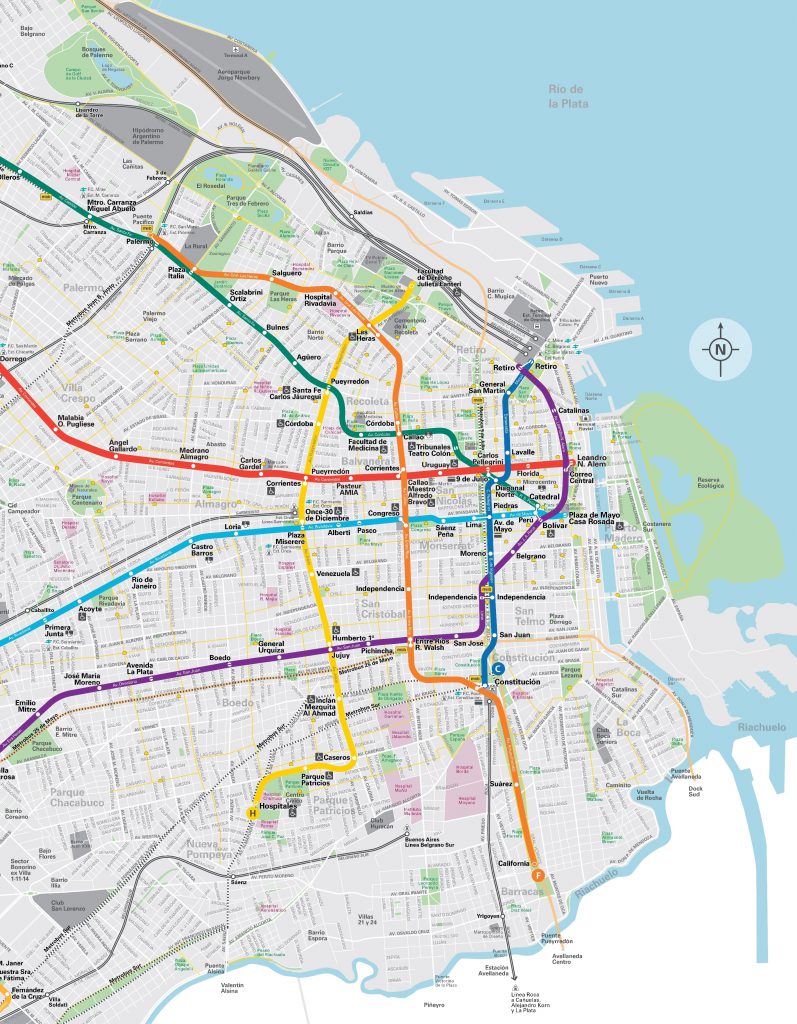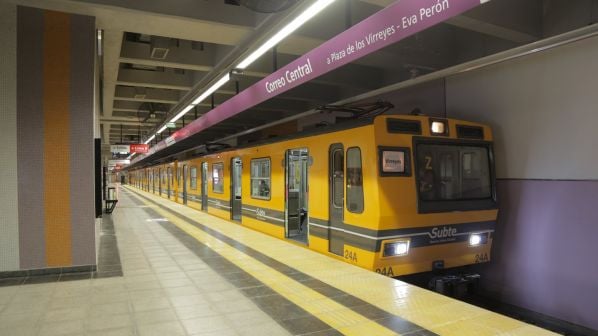Over the first three months of the contract, the consultant must analyse the blueprint for the line, including the layout, accessibility, circulation and evacuation systems, and potential alternatives. It will then have six months to develop the tenders for the line, including specifications, reports and work plans. The plans will also cover the associated systems such as power, signalling, communications, and rolling stock.
Sbase says the 12km line is central to Buenos Aires’ transport plan as eight of the line’s 13 stations will interchange with other lines, including two connections with the suburban rail network at Constitución and Palermo.

The line will be built using Tunnel Boring Machines (TBM), the first time the technology has been used for metro construction in Argentina.
The line, which is expected to carry around 600,000 passengers a day, will be fully automated with platform screen doors. Two stations will be elevated with the remaining 11 underground.
Construction is expected to cost $US 2bn, and various sources of financing are currently being evaluated.
The line was first proposed in 2001 but the project has been stalled and revived numerous times, most recently in 2015.
For detailed information on metro projects around the world, subscribe to IRJ Pro.

